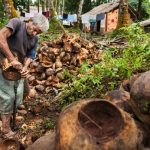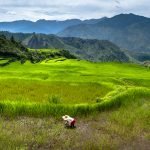5 Fundamental Elements of Great Photographs
There are five common elements that great images typically have; Good use of light, color, a captivating moment, correct composition for the given situation, and the photographers choice of distance to their subject. Many times good images will use one or two of these elements, but lack strength in the others.
I will be the first to admit that it is difficult to have all of these elements come together in one frame. Rarely do I take what would be considered a great photograph, but by aiming to capture all of these elements makes me strive to be better. Essentially, these are five tools we have as photographers to work with allowing us to create higher quality photographs. If we start to recognize and become more aware of how to best use these elements we will start to make more great images rather than good images. Bring them all together correctly under one frame and you will have something really special.
1. Light – Light is the fundamental element all photographs need because it illuminates the scene or subject. Whether it be natural or artificial light the quality and direction of light is what’s important. Light helps to create a particular mood within the photograph and can bring emphasis to key elements within a frame. Likewise, light can help create depth and textures in an image by creating a mix of highlights and shadows.
Everyone knows there have been countless books and tutorials on this subject and this article isn’t the place to go into depth with this. However, we should recognize that light is probably the most important tool we have to use as photographers to create better quality and beautiful images.
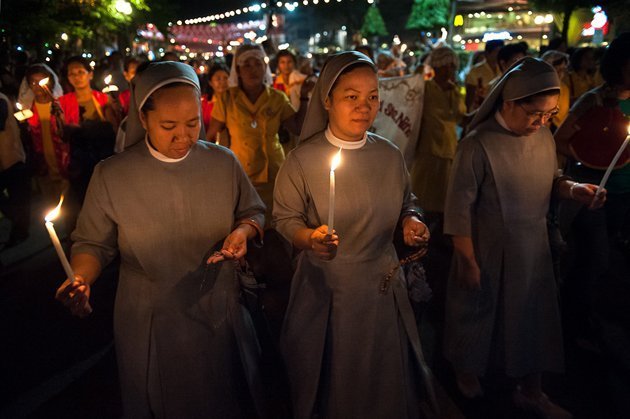
In the above photo, artificial candle and street light helps set the solemn mood of the photo while illuminating the subject. Natural light in the image below mixes with smoke to create a number of highlights and shadows giving some depth and texture to the photo. The way the light hits the smoke also makes the photo more dramatic.
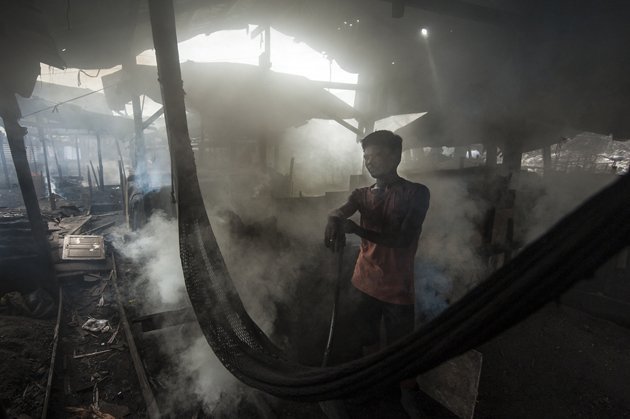
2. Color – Like light, color helps to set the mood of an image and can play a significant role in touching the viewer on an emotional level. Color is one of the main factors responsible for making a photo feel mysterious, exciting, sad, or gloomy. Evoking emotions is important in creating strong images and color is one of our primary tools to do this. Again, this is an in-depth topic which this article will not go into, but be thoughtful that by using appropriate colors in our images we can better convey different emotions and make a stronger impact on the viewer.
The blue sky color in the image below gives a peaceful, tranquil feeling that I wanted to let my viewers feel. This was a very remote location in the forest and it was indeed a peaceful and quite place. I used the calming blue color of the sky to help set the mood I wanted my viewers to feel about the place.
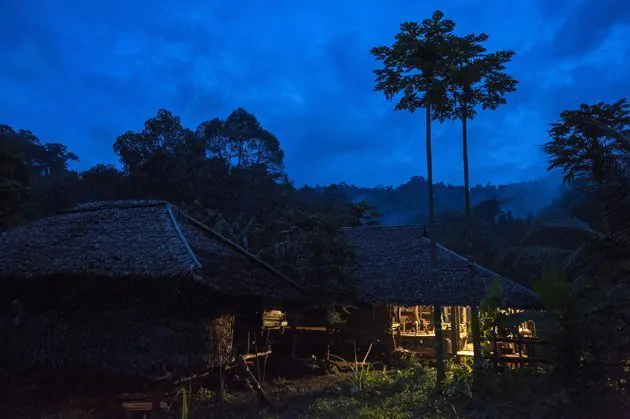
3. Moment – A strong moment is more than highlighting a particular subject or action in time. Creating a moment in a photograph should be about having all the elements in a frame come together as to tell a captivating story. When every part of the picture interacts with the other parts in a way that the viewer might think – wow this is special and probably doesn’t happen that often. Not every photo will be able to have special moments where all the parts come together perfectly, but again we should be thinking about this when shooting so we can try to include more elements that create a stronger moment.
The photo below is not a great example, but it’s on the right track in terms of thinking “moment.” When I first noticed these farmers I sat down for awhile and followed them for about 15 minutes. I wanted them to get used to me and eventually get back to their work after the initial laughter of me being there wore away. The two women in front eventually got really close to me and I could see a photo starting to unfold. I knew I wanted at least two farmers in the shot, but having a third person would be even better. The lady in back was not yet in that position, but I could see her starting to walk forward. I waited a bit and the two women in front stayed in their position. Eventually the lady in back came into the left of the frame I was able to get a round of photos off. By having three farmers in the frame I feel it’s a better moment and the image tells a stronger story.
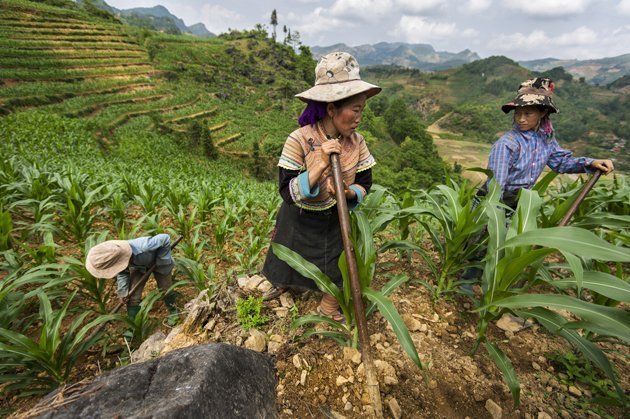
4. Composition – Composition, in essence, is about putting together objects in your frame in such a way as to emphasize the parts you want to and make them stand out in a particular way. Composition can often be very subjective, but good composition can turn an ordinary scene into an image that grabs the viewers attention. There are numerous rules, principals and guidelines for creating better composed images, but in the end it’s up to the photographer to find something that works for the given situation. I find it useful to study the work of the masters and of course shoot as much as possible to get practice. I have noticed over the past few years that I am more happy with the results of how I compose a majority of my photos. There is still a huge amount of learning to do, but by studying others photos and getting out to shoot we will inevitably improve our composition skills. Creating relevant and good compositions is a key element of great photographs.
The image below is a good example of how to create depth in an image using composition. This is something I try to always think about when composing certain types of photos. Is there a foreground, middle-ground and background that gives some depth to the image? By placing the coconuts in the bottom right of the frame and the house in the back the image becomes more three-dimensional and interesting.
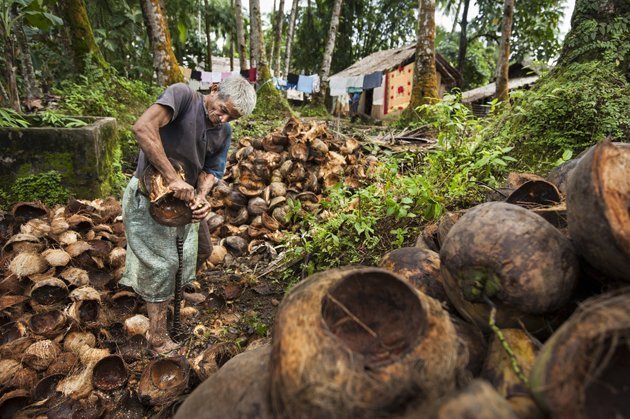
5. Photographer’s choice of distance to their subject – The distance the photographer chooses to be from their subject will affect the feeling and overall impact a photo has. It will also determine what focal length you need to shoot at in order to get all of the important parts of the photo into the frame. Like with all of these five tools/elements there is no right or wrong way, per se. It will vary depending on the situation and what the photographer wants to accomplish. That being said, certain images are more powerful if shot closer to the subject, making the viewer feel like they are there. Other images look much better at a further distance from the subject. There should be a thought process though about why we choose to be certain distances from our subjects and how that will make the final image look.

The image above was taken using a wide angle lens fairly close to the subject. This was necessary because of the small boat we were riding. By being close to the subject it gives the sense that the viewer is also on the boat and in the scene with the man. In the image below, a longer lens was used – shot at 200mm. By using a longer lens we get the feeling that we are on the outside of the frame looking in.
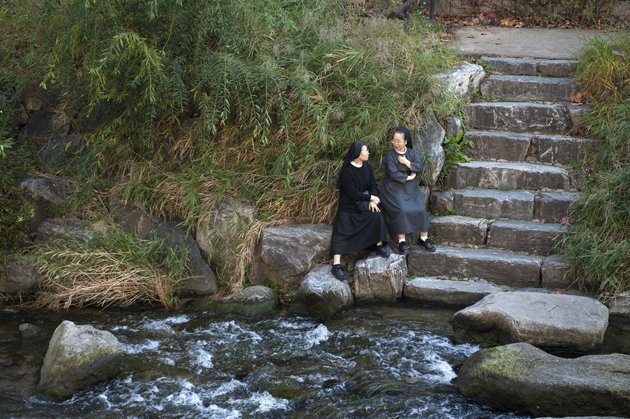
A good exercise to do: Have a look at some other photographers images that you would consider powerful or strong photos. How did the photographer use these five elements to make that image so powerful? What could they have done better if anything? We can learn a lot by looking into other images and figuring out how the photographer was able to create it. I bet most of these five elements were strongly used in the photos we like the best.
email: [email protected] |
© 2025 Jacob Maentz